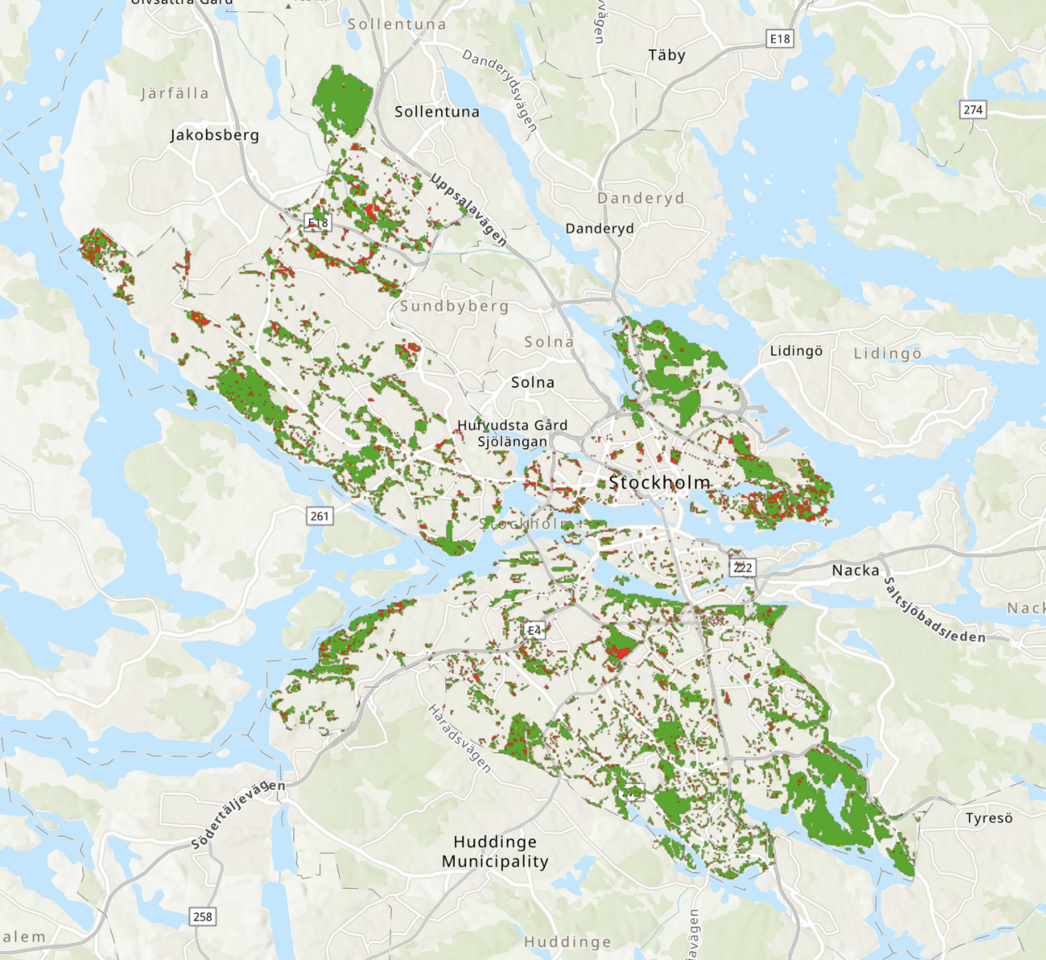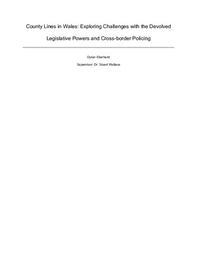Flexibility in the Face of Failure: My Leadership Journey

I began this project as a second year university student who was unsure of their academic capacity in completing undergraduate research that was heavily rooted in complicated mathematical functions and programming. My project objective was to quantify the economic shortcomings of the Swedish integration system of first-generation immigrants in Stockholm. My original design involved 10 years of economic and geographical data as a longitudinal study to track the integration efforts over time. Due to time and budget constraints, however, I had to reduce my dataset to two years as a cross-sectional analysis instead. This was the first adaptation of many.
My main challenges revolved around navigating complicated interfaces such as ArcGIS online. I was entirely unfamiliar with the geographical information system and therefore spent the majority of my allotted time on troubleshooting the interface to ensure that my results were of the quality and accuracy that academic products demand whilst still being accessible to an unfamiliar audience.
Through many hours of struggling with advanced processes — such as creating a map of every public green space in Stockholm city — I eventually reached out to ESRI support team (ArcGIS’ support network) where I received the invaluable guidance from Kiaran Ratcliffe and Guenter Doerffel, who advised me on how to colorgrade my map and how to retrieve an accurate NDVI values. This was easily the most involved part of my experiment, and upon reflection, I would have benefited from doing some research on the language and basic format of the platform beforehand.
In this, I learned the value of knowing when to ask for help. As a Swedish woman, I grew up around a deep-rooted culture of self-reliance and independent work ethic. Collaboration however, should not be viewed as a weakness, but as a strength that can only improve a project's design. In the end, my academic network grew beyond my peers at Laidlaw; I worked closely and would like to acknowledge the invaluable guidance of the Laidlaw programme coordinator at Trinity, Kate Ivanchenko, my academic advisor, Davide Romelli, the statistics officer at Statistics Sweden, Catarina Nordstrom, and the support network at ESRI, Kiaran Ratcliffe and Guenter Doerffel.
An additional challenge were the unexpected obstacles that were out of my control yet deeply impacted the design and timeline of my project. My initial dialogue with Statistics Sweden was extensive – around 9 months – before I was even accepted as a Laidlaw Scholar; I had to tailor the dataset to both maintain the integrity of my research objective whilst respecting budget limitations to ensure its feasibility. After I received the Scholarship, I had about another month of tailoring the dataset to fit within the budget constraint. There were additional unprecedented delays between receiving the funding and receiving the data. I failed to account for the amount of time that Swedish workers take off in the summer and I had to shift my entire timeline about two weeks back to account for these setbacks.
My leadership characteristics are rooted in my eagerness to finish tasks at hand. I thrive on structure and deadlines and often create weekly goals and smaller daily checklists to achieve them. It was therefore quite frustrating at times to face delays that were not based on my internal schedules but rather dependent on third parties. These setbacks actually strengthened my adaptability as a leader that embraces setbacks and internalises failures as evolutions of my project that only strengthens its outcome. From these setbacks, however, I learned that diligence is not only found in moments of hard work but also in commitment in the face of unexpected challenges.
In the end, all these hurdles were worth it for the finished product. The most satisfying moment was seeing my hours of data collection and analysis in the form of graphs and maps. Thousands of numbers organized into nondescript columns and rows hold little meaning to the average eye, but a data-driven visualization of native- and foreign-born residents — within the same low-income bracket — makes their glaring economic disparities impossible to reason away or ignore.
Completing my research project also informed my Personal Development Plan. My main goals were building confidence in networking and self-advocacy. I prepared answers to common interview questions that were revised during my one-on-one meetings with Ms. Ivanchenko and became more comfortable in my ability to “sell myself” in an interview environment. The underlying skill I strengthened was communication: the ability to organize and communicate nuanced and sensitive information in a way that is both compelling and accessible to a multitude of audiences.
My first summer as a Laidlaw scholar reaffirmed something I already knew: the intricate lives of people, especially those as complicated as first-generation immigrants, cannot be fully explained through numbers, graphs, and maps. There is more work to be done, and I feel energised knowing that I have the passion and ability to dedicate more hours to this societal issue I care deeply about. I also learned the importance of asking for help, the importance of devising a strong plan but being flexible in amending it, and communicating both failures and triumphs with academic candor. My identity as a researcher and a leader is now less rooted in control but rather connection: to my work, my network, and myself. I ended this project as a Laidlaw scholar who could take ownership of the title and the academic weight it held.





Please sign in
If you are a registered user on Laidlaw Scholars Network, please sign in